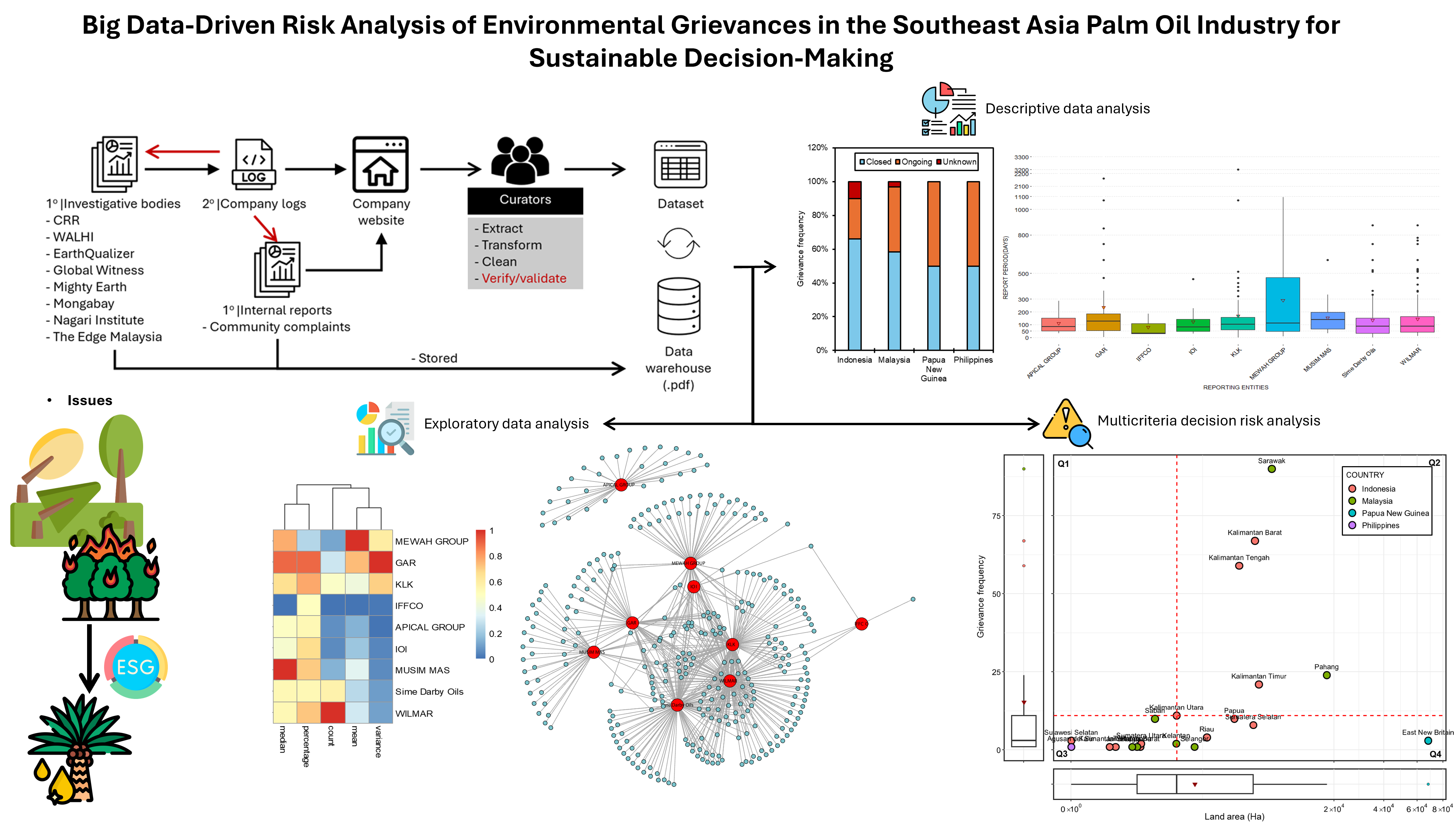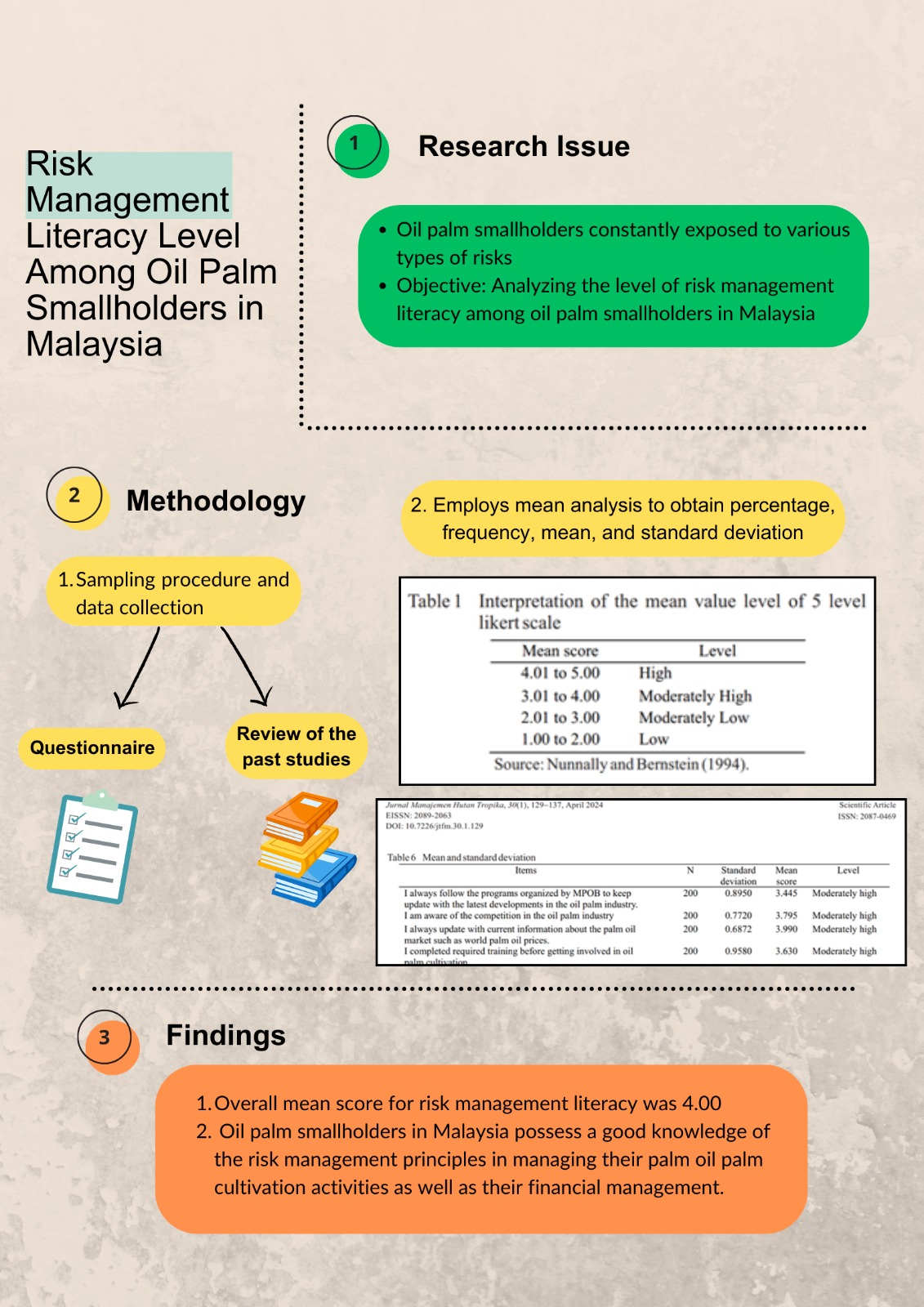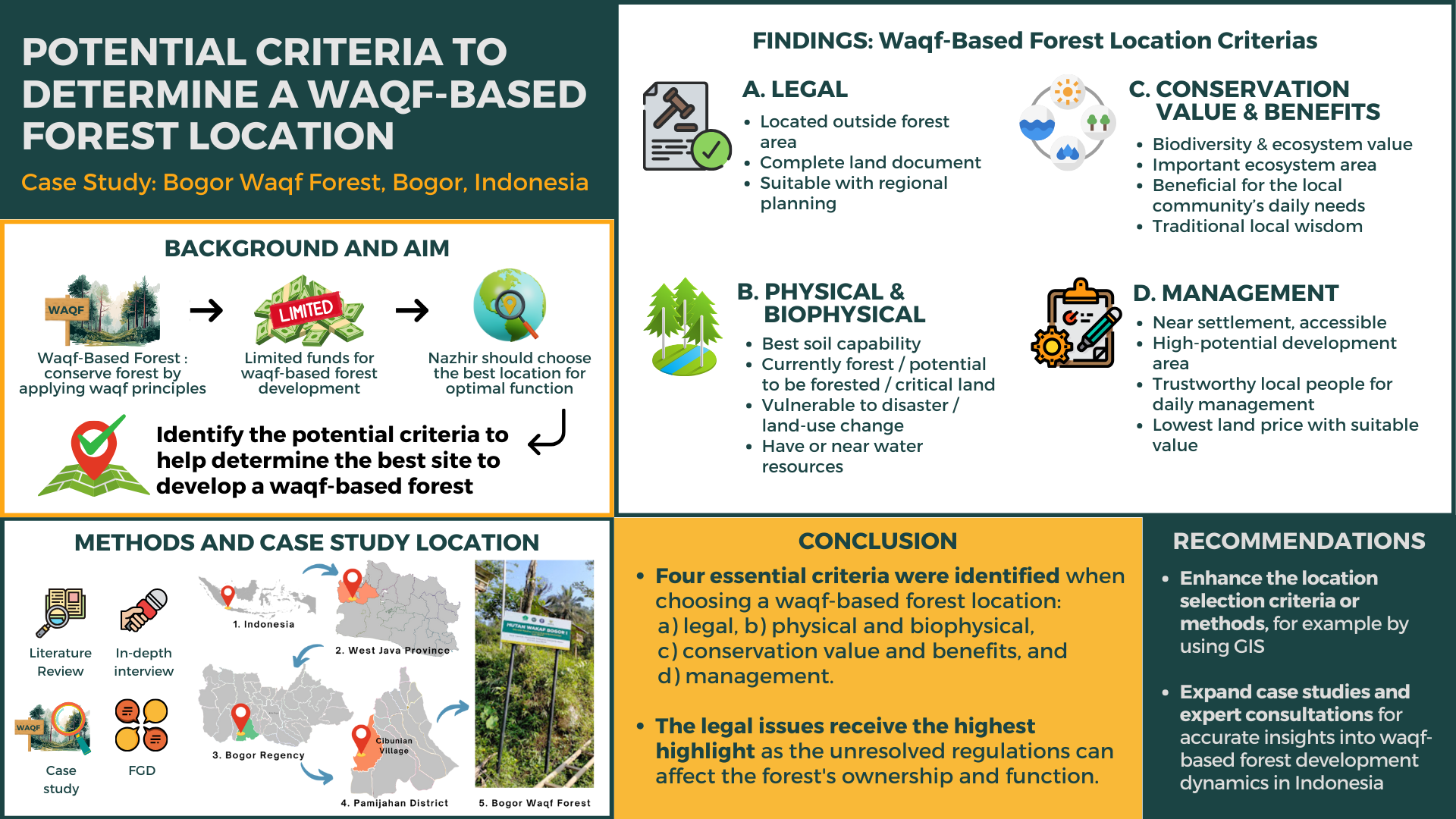Political Economy of Land Use in Indonesia: Trap and Curse of Natural Forests
Abstract
The allocation of land use in Indonesia is very inefficient, while the distribution of tenure is unequal. Half of the land for cultivation is held by forestry, and the other half is used by various other sectors. Most Indonesian farmers are small- scale farmers who do not meet economies of scale. Agrarian reforms aimed at overcoming inefficiency in land use, eliminating inequality in land tenure, and promoting rural areas’ prosperity need to involve land for cultivation allocated for forestry. This paper is written based on the author’s experience of interacting with various parties related to land issues, forest areas and agrarian reform through various forums, such as official meetings, focus group discussions, seminars, workshops, symposiums, one-on-one discussions (interviews), and interactions through social media. Agrarian reform, which has been launched since 1960, has not been able to be realized until today. The fight seems to involve two large groups, namely environmentalists and developmentalists, but this kind of grouping is likely to be misleading. Environmental issues may only be used as an instrument to obtain economic benefits as well, not for the environment itself.
References
Atkins, F. (1988). Land reform: A failure of neoclassical theorization? World Development, 16, 935–946. https://doi.org/10.1016/0305-750x(88)90025-3
Bedner, A. (2016). Indonesian land law: Integration at last? And for whom? In J. F. McCarthy, & K. Robinson, (Eds.), Land and development in Indonesia (pp. 63–88). Singapore: ISEAS Publishing.
Besley, T. (1995). Property rights and investment incentives: Theory and evidence from Ghana. The Journal of Political Economy, 103(5), 903–937. http://www.jstor.org/stable/2138750
Blume, M. E., & Friend, I. (1975). The asset structure of individual portfolios and some implications for utility functions. The Journal of Finance, 30(2), 585–603. https://doi.org/10.1111/j.1540-6261.1975.tb01833.x
Cohn, R. A., Lewellen, W. G., Lease, R. C., & Schlarbau, G. G. (1975). Individual investor risk aversion and investment portfolio composition. The Journal of Finance, 30(2), 605–620. https://doi.org/10.1111/j.1540-6261.1975.tb01834.x
Collier, P. (2010). The political economy of natural resources. Social Research, 77(4), 1105–1132. https://doi.org/10.2307/23347121
De Soto, H. (2000). The mystery of capital: Why capitalism triumphs in the west and fails everywhere else. New York: Basic Books
Deinincer, K. (2007). Land policies for growth and poverty reduction. Oxford: The World Bank and Oxford University Press.
Deininger, K., & Jin, S. (2006). Tenure security and land-related investment: Evidence from Ethiopia. European Economic Review, 50, 1245–1277. https://doi.org/10.1016/j.euroecorev.2005.02.001
Dekker, H. A. (2005). In pursuit of land tenure security. Amsterdam: Pallas Publication.
Easterly, W. (2014). The tyranny of experts: Economists, dictators, and the forgotten rights of the poor. New York: Basic Books.
Feder, G., & Onchan, T. (1987). Land ownership security and farm investment in Thailand. American Journal of Agricultural Economics, 69(2), 311–320. https://doi.org/10.2307/1242281
Fenske, J. (2011). Land tenure and investment incentives: Evidence from West Africa. Journal of Development Economics, 95(2), 137–156. https://doi.org/10.2139/ssrn.1358631
Fox, J., Fujita, Y., Ngidang, D., Peluso, N., Potter, L., Sakuntaladewi, N., ..., & Thomas, D. (2009). Policies, political-economy, and swidden in Southeast Asia. Human Ecology, 37(3), 305–322. https://doi.org/10.1007/s10745-009-9240-7
Gersbach, H. & Siemers, L. H. (2010). Land reforms and economic development. Macroeconomic Dynamics, 14, 527–547. https://doi.org/10.1017/S136510050909049X
Grable, J. & Lytton, R. H. (1999). Financial risk tolerance revisited: The development of a risk assessment instrument. Financial Services Review, 8(3), 163–181. https://doi.org/10.1016/S1057-0810(99)00041-4
Haar, C. (1976). A program for land registration and land transfer in Indonesia. Ekistics, 41(244), 155–157.
Hallahan, T., Faff, R., & McKenzie, M. (2003). An exploratory investigation of the relation between risk tolerance scores and demographic characteristics. Journal of Multinational Financial Management, 13(4-5), 483–502. https://doi.org/10.1016/S1042-444X(03)00022-7
Henley, D. (2008). Natural resource management: Historical lessons from Indonesia. Human Ecology, 36(2), 273–290. https://doi.org/10.1007/s10745-007-9137-2
Holdena, S.T., Otsuka, K., & Deininger, K. (2013). Land tenure reform in Asia and Africa: Assessing impacts on poverty and natural resource management. United Kingdom: Palgrave Macmillan.
Kahneman, D. & Tversky, A. (1984). Choices, values and frames. American Psychologist, 39(4), 341–350. https://doi.org/10.1037/0003-066X.39.4.341
Lipton, M. (2009). Land reform in developing countries: Property rights and property wrongs (Reprint Ed.). Routledge Priorities in Development Economics.
Lucas, A. (1992). Land disputes in Indonesia: Some current perspectives. Indonesia, 53, 79–92. https://doi.org/10.2307/3351117
Lucas, A. & Warren, C. (2013). The land, the law, and the people. In A. Lucas & C. Warren (Eds.), Land for the people: The state and agrarian conflict in Indonesia (Chapter 1, pp. 1–39). Ohio University Press.
MacAndrews, C. (1978). Transmigration in Indonesia: Prospects and problems. Asian Survey, 18(5), 458–472. https://doi.org/10.2307/2643460
McCarthy, J. F. & Robinson, K. (2016). Land, economic development, social justice and environmental management in Indonesia: The search for the people’s sovereignty. In J. F. McCarthy, & K. Robinson (Eds.), Land and development in Indonesia (pp. 1–34). Singapore: ISEAS Publishing.
Nelson, G. C., Harris, V., & Stone, S. W. (2001). Deforestation, land use, and property rights: Empirical evidence from Dari´en, Panama. Land Economics, 77(2), 187–205. https://doi.org/10.2307/3147089
Nelson, R. H. & Fairfax, S. K. (1995). Public lands and private rights: The failure of scientific management. Rowman & Littlefield.
Pirard, R., Petit, H., Baral, H., & Achdiawan, R. (2016). Dampak hutan tanaman industri di Indonesia: Analisis persepsi masyarakat desa di Sumatera, Jawa dan Kalimantan. Technical report. Center for International Forestry Research (CIFOR). https://doi.org/10.17528/cifor/006137
Riley Jr. W. B. & Chow, K. V. (1992). Asset allocation and individual risk aversion. Financial Analysts Journal, 48(6), 32–37. https://doi.org/10.2469/faj.v48.n6.32
Samuelson, W. & Zeckhauser, R. (1988). Status quo bias in decision making. Journal of Risk and Uncertainty, 1, 7–59. https://doi.org/10.1007/BF00055564
Soedomo, S. (2017). Failure of forestry political economy of Indonesia. Jurnal Manajemen Hutan Tropika, 23(2), 111–118.
Sunderlin, W. D., Dewi, S., & Puntodewo, A. (2007). Poverty and forests: Multi-country analysis of spatial association. Center for International Forestry Research (CIFOR). https://doi.org/10.17528/cifor/002294
Tjondroegoro, S. M. (1972). Land reform or land settlement: Shifts in Indonesia’s land policy, 19601970. University of Wisconsin.
Tucker, C. M. (1999). Private versus common property forests: Forest conditions and tenure in a Honduran community. Human Ecology, 27(2), 201–230. https://doi.org/10.1023/A:1018721826964
Utrecht, E. (1969). Land reform in Indonesia. Bulletin of Indonesian Economic Studies, 5(3), 71–88. https://doi.org/10.1080/00074916912331331482
van Gardingen, P., McLeish, M., Phillips, P., Fadilah, D., Tyrie, G., & Yasman, I. (2003). Financial and ecological analysis of management options for logged-over dipterocarp forests in Indonesian Borneo. Forest Ecology and Management, 183(1-3), 1–29. https://doi.org/10.1016/S0378-1127(03)00097-5
Walinsky, L. (1977). Agrarian reform as unfinished business: The selected papers of Wolf Ladejinsky. New York: Oxford University Press
Authors

This work is licensed under a Creative Commons Attribution 4.0 International License.
Jurnal Manajemen Hutan Tropika is an open access journal which means that all contents is freely available without charge to the user or his/her institution. Users are allowed to read, download, copy, distribute, print, search, or link to the full texts of the articles in this journal without asking prior permission from the publisher or the author. This is in accordance with the Budapest Open Access Initiative (BOAI) definition of open access.








